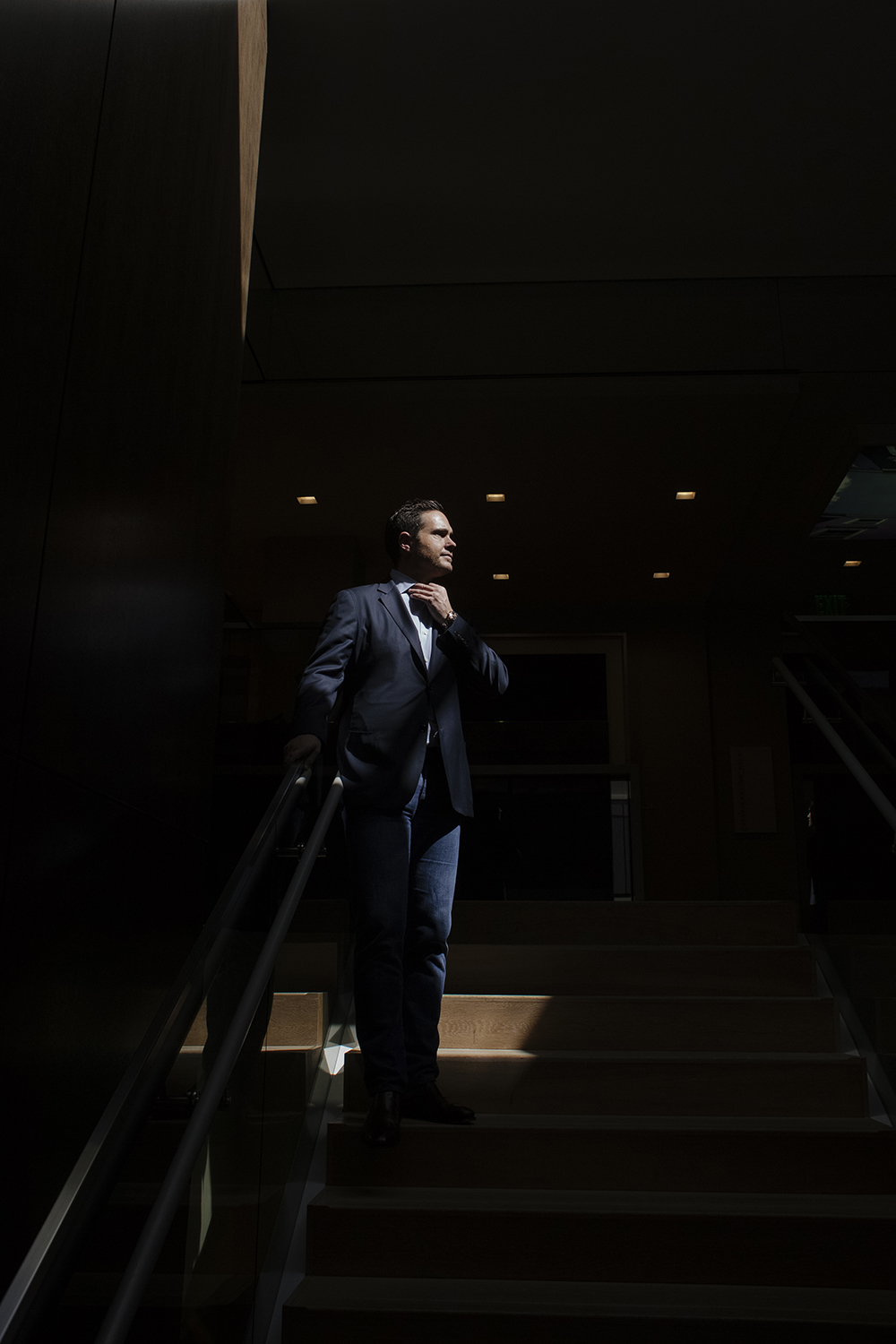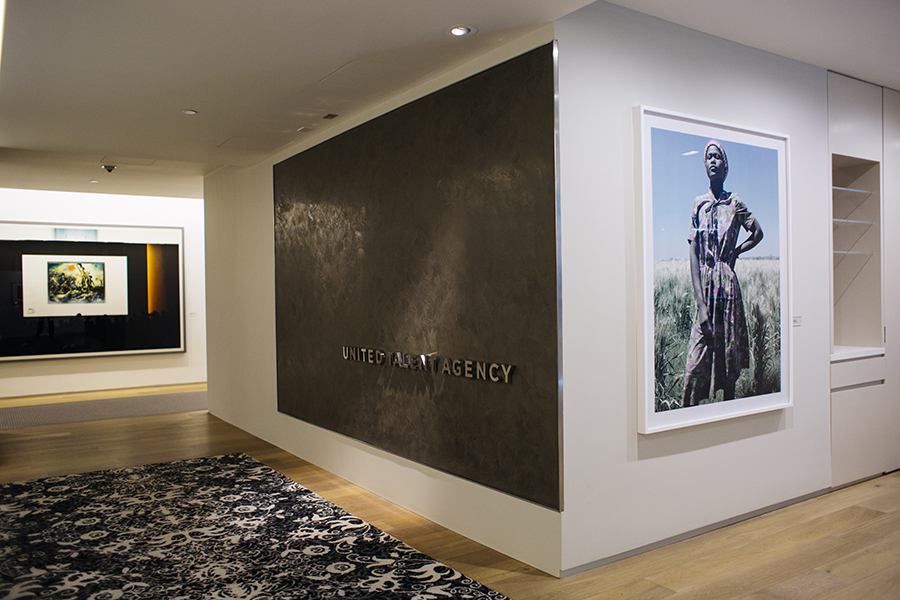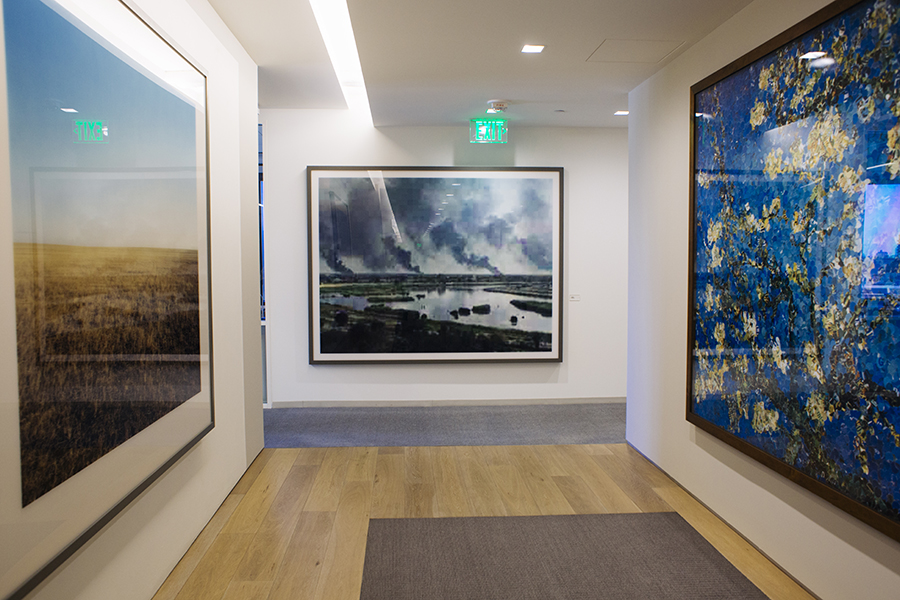Are you a Kanye West fan?
I’m a huge fan.
Did you know he’s on the cover of this issue?
I did not know that. It makes sense, though. He’s an icon.
Wasn’t he a client of United Talent Agency, where you’re currently the head of fine arts?
Yeah, we don’t represent him anymore. He’s at Creative Artists Agency now. He moved back about six months ago.
Sorry for your loss.
I know every word to every song on his first album. If you want, I can start rapping for you right now.
No, thank you. I read a headline on Vulture that referenced the HBO show Entourage calling you the “Ari Gold of the art world.” Is that an accurate assessment?
No, I don’t think so. I remember the character was sort of this crude archetypical reference to people who do our job. I mean, there are certainly people like that in the industry, but I come from a classical background as a lawyer, and people don’t act like that at law firms.
It’s a bit like being called an awful human being.
That’s right. I guess I’m not an awful human being by any stretch. I really like people. I want to help them. This is a job where you can really have a positive impact on people’s lives. I know that sounds really corny.
Only a little. Can you explain what it is you do?
My division represents individuals that characterize themselves as visual artists. Our decision to do this at UTA is borne out of the fact that I come from a background where I represented great artists as a business advisor and lawyer. I was in it with them, looking at the bigger-picture strategy—investment in a piece of real estate, putting them together with tax advisors, helping with overall gallery relationships.
What about at UTA?
Well, I did this job for a while, developing a reputation for myself as a person who works with a lot of great artists. I had met the people at UTA and got to know them over the course of a year. We started to talk about what it would look like to have this advisory for artists in the realm of a talent agency. To help artists determine what career decisions they should make. Everything from doing movies to television to books. Ai Weiwei is a client, and we’re currently working on a movie project for him.
As a lawyer, before you came to UTA, who were some artists you represented?
Urs Fischer was a client. There were dozens and dozens of them.
And who are some artists your division at UTA represents?
A number of very well-known international artists. Saying names for the sake of saying names is something I’m not particularly comfortable with, though. When you represent somebody it’s a very personal endeavor.




